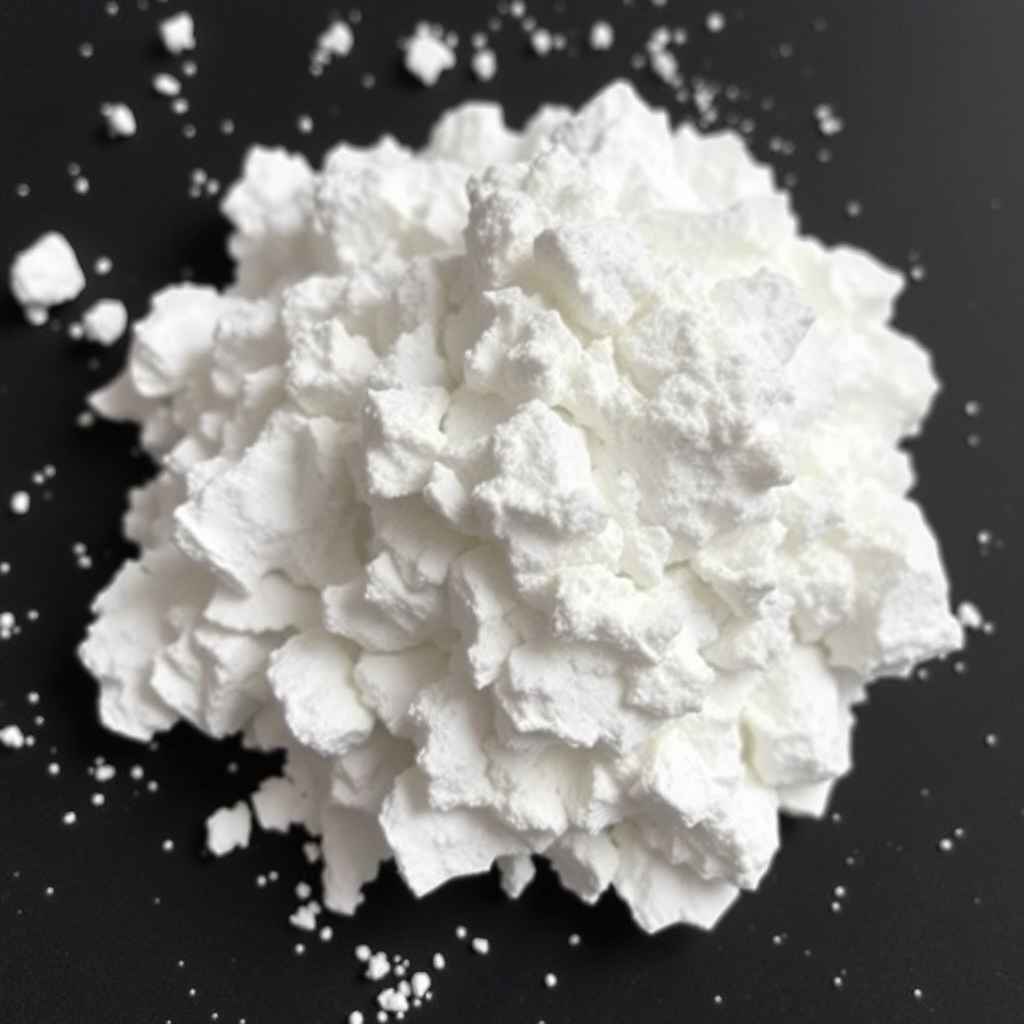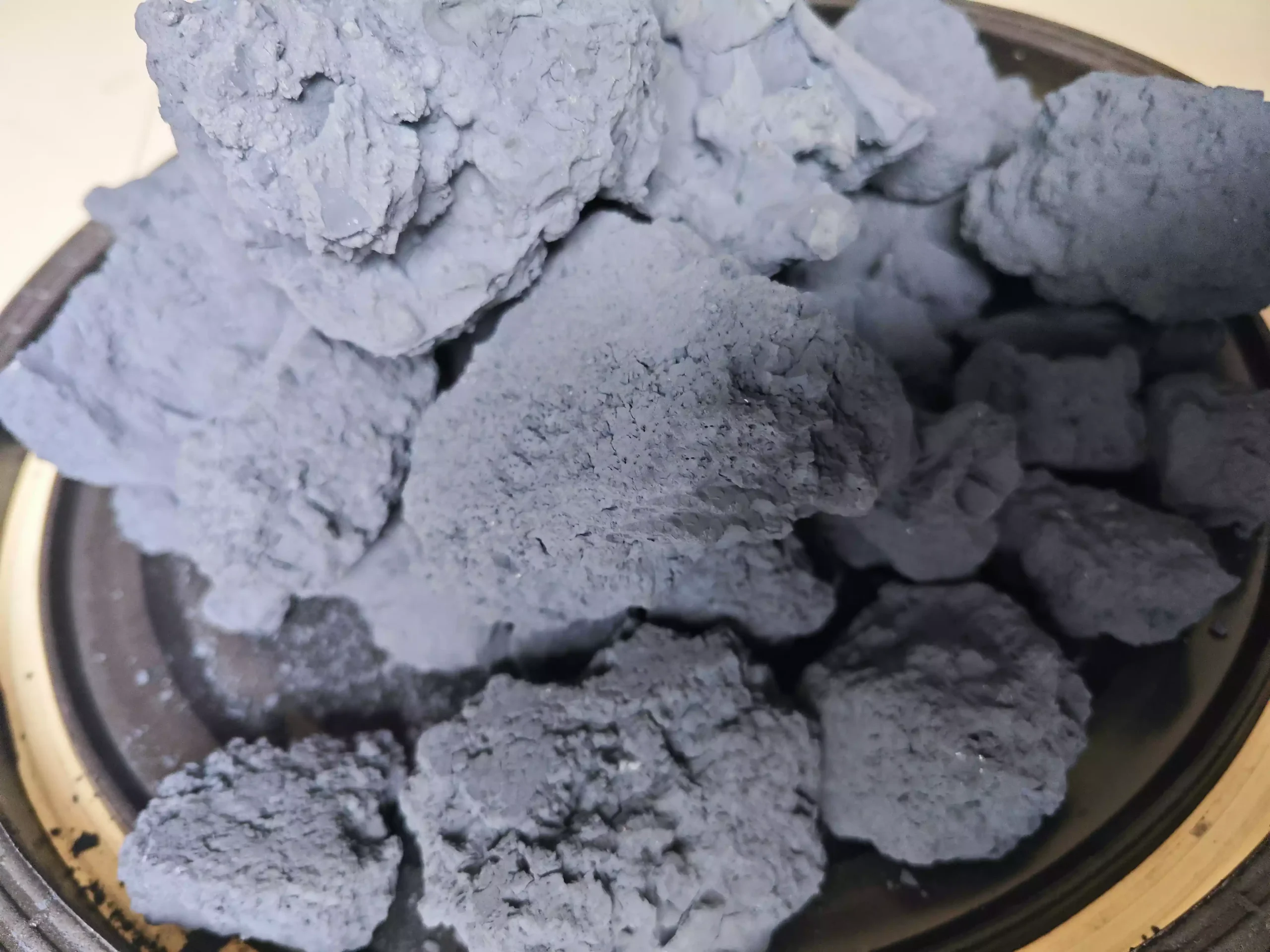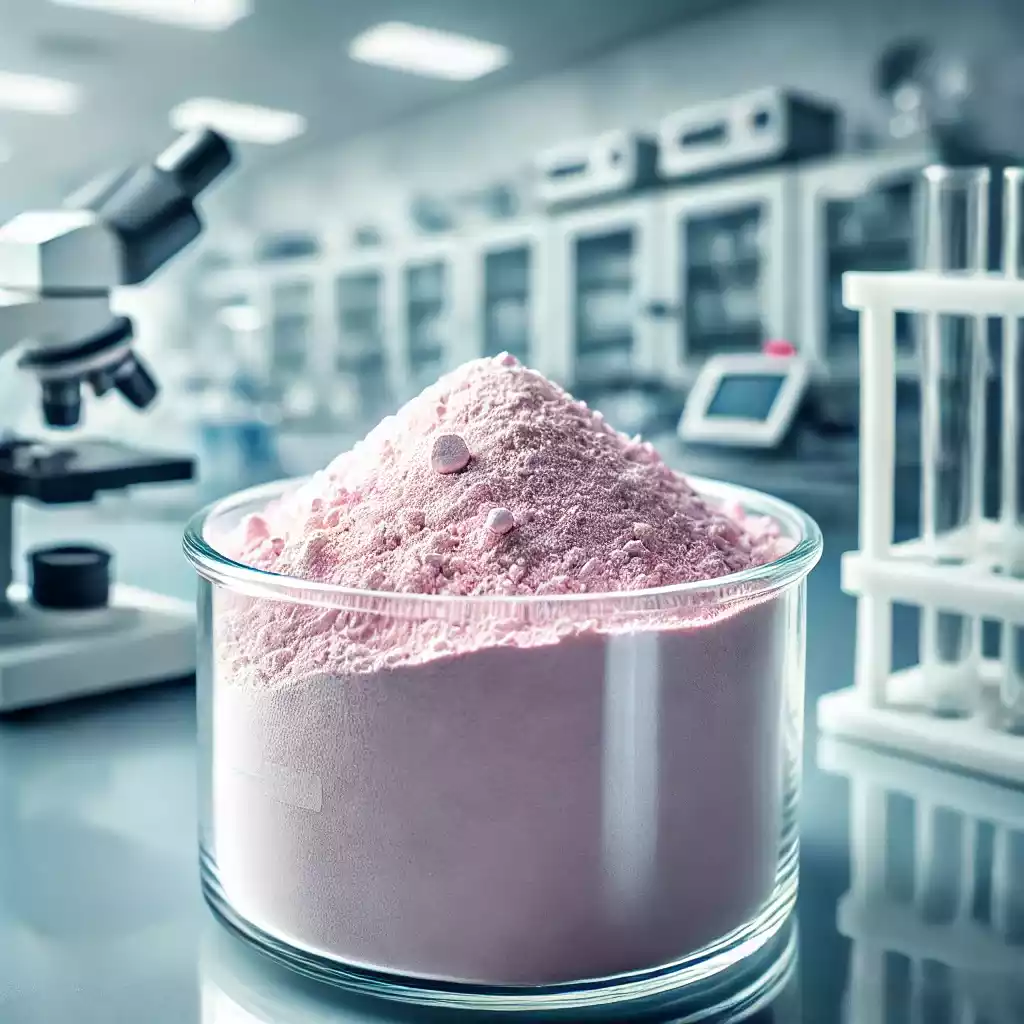![]()
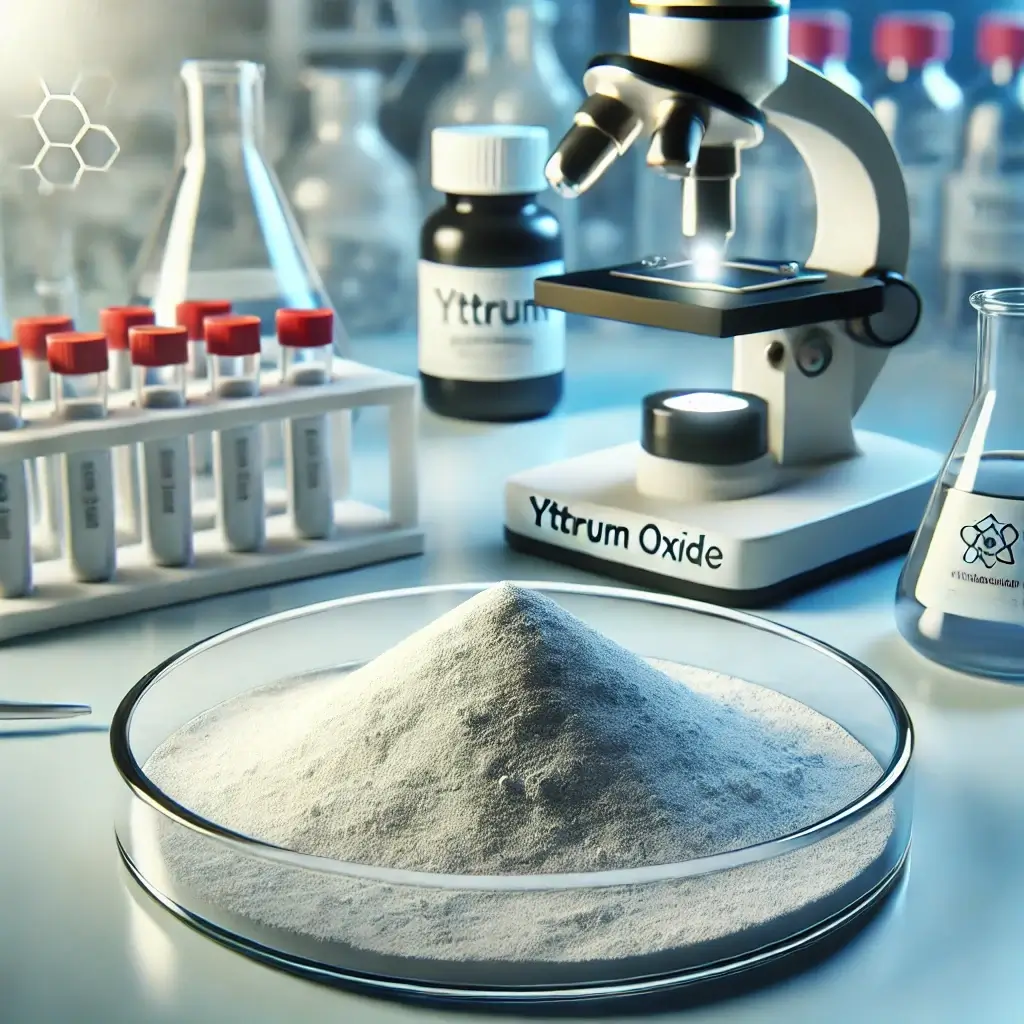
What is Yttrium Oxide Used for in Ceramics?
What is Yttrium oxide, also known as yttria (Y₂O₃), is a rare earth compound that plays a vital role in advanced ceramic materials. This article will explore the significance of yttrium oxide in the ceramics industry, its unique properties, and various applications.
Table of Contents
1. The Role of Yttrium Oxide in Advanced Ceramics
Yttrium oxide is highly valued in the ceramics industry due to its excellent thermal stability, high melting point, and low thermal conductivity. These properties make it an ideal material for applications that require durability and resistance to extreme temperatures.
- Thermal Stability: Yttrium oxide enhances the resistance of ceramic materials to thermal shock, making them suitable for applications in high-temperature environments such as furnaces and kilns.
- High Melting Point: With a melting point of approximately 2,435°C, yttrium oxide is used in environments where traditional materials would fail.
- Low Thermal Conductivity: This property makes yttrium oxide an excellent thermal insulator, often used in applications where heat management is crucial, such as in turbine blades and engine components.
For more information about rare earth products, visit Honrel Rare Earth Products.
2. Applications of Yttrium Oxide in the Ceramics Industry
Yttrium oxide finds its place in several advanced ceramic applications:
- Stabilized Zirconia Ceramics: Yttrium oxide is commonly used to stabilize zirconia (zirconium dioxide, ZrO₂) ceramics, forming yttria-stabilized zirconia (YSZ). This combination provides excellent resistance to cracking and wear, making YSZ ideal for use in dental implants, oxygen sensors, and thermal barrier coatings.
- Crucibles for High-Temperature Processes: Due to its resistance to extreme temperatures, yttrium oxide is used to produce crucibles and other components for processes such as metal casting and glass melting.
- Transparent Ceramics: Yttrium oxide is utilized in the production of transparent ceramics, which are used in high-tech applications such as laser systems, protective windows, and optoelectronic devices.
To explore more about yttrium oxide products, click yttrium-oxide.
3. Properties of Yttrium Oxide that Benefit Ceramics
Yttrium oxide’s desirable properties stem from its unique atomic structure and behavior under various environmental conditions.
- Mechanical Strength: Yttrium oxide adds mechanical strength to ceramics, enhancing their ability to withstand stress without deforming.
- Chemical Inertness: Its resistance to chemical corrosion makes it an ideal additive for ceramics used in aggressive chemical environments.
- Electrical Insulation: Yttrium oxide is an excellent electrical insulator, suitable for applications that require dielectric materials.
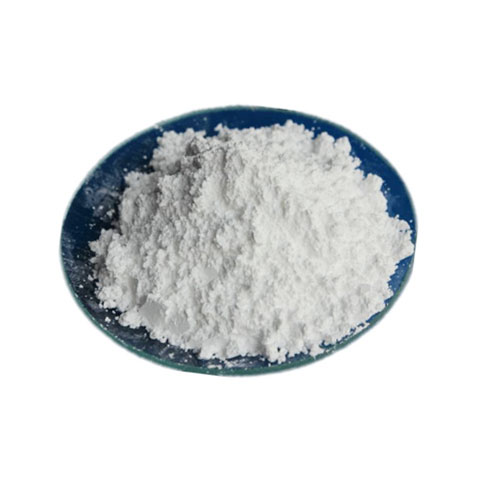
4. Innovations in Ceramic Applications Using Yttrium Oxide
Research and development continue to expand the use of yttrium oxide in ceramics, particularly in emerging technologies. One area of innovation is in creating ultra-high-temperature ceramics (UHTCs) that are even more resistant to thermal shock and corrosion. These advancements open new possibilities for yttrium oxide in the aerospace industry, nuclear reactors, and defense applications.
5. Why Choose Yttrium Oxide for Your Ceramic Needs?
Choosing yttrium oxide for ceramics offers numerous benefits:
- Durability: Enhances the lifespan of ceramic products.
- Efficiency: Improves performance in high-temperature applications.
- Versatility: Adaptable to various ceramic formulations.
Find more details on yttrium oxide and other rare earth materials here.
Frequently Asked Questions (FAQs)
1. What makes yttrium oxide suitable for high-temperature ceramics?
Yttrium oxide is highly suitable for high-temperature ceramics due to its excellent thermal stability, high melting point, and low thermal conductivity, which help ceramic materials withstand extreme temperatures.
2. How does yttrium oxide improve the properties of zirconia ceramics?
Yttrium oxide is used to stabilize zirconia ceramics, preventing them from undergoing phase changes at high temperatures, which enhances their mechanical strength and resistance to cracking.
3. Are there any environmental concerns associated with yttrium oxide?
Yttrium oxide is generally considered safe; however, its extraction and processing must be managed carefully to minimize environmental impacts.
4. What industries benefit the most from yttrium oxide in ceramics?
Industries such as aerospace, automotive, electronics, and medical sectors benefit significantly from yttrium oxide in ceramics due to its ability to improve durability, thermal resistance, and performance.
5. Can yttrium oxide be used in combination with other rare earth materials?
Yes, yttrium oxide is often combined with other rare earth materials to enhance the performance characteristics of ceramic products.
Analysis Table: Key Properties of Yttrium Oxide in Ceramics
| Property | Benefit | Application Example |
|---|---|---|
| Thermal Stability | Resistance to thermal shock | Furnace linings, engine components |
| High Melting Point | Withstands extreme temperatures | Crucibles, turbine blades |
| Low Thermal Conductivity | Effective thermal insulation | Thermal barrier coatings |
| Chemical Inertness | Resistant to corrosion in harsh environments | Ceramic substrates, protective coatings |
| Electrical Insulation | Ideal for dielectric applications | Capacitors, insulators |
Analysis Table: Applications of Yttrium Oxide in Ceramics
| Application | Description | Benefits |
|---|---|---|
| Stabilized Zirconia Ceramics | Improves crack resistance and durability | Used in dental implants, sensors, coatings |
| Crucibles for High-Temperature Use | Withstands high temperatures without degradation | Metal casting, glass melting |
| Transparent Ceramics | Produces optically clear ceramics for high-tech uses | Used in lasers, protective windows |
For a deeper dive into yttrium oxide’s applications, check out the Yttrium Oxide page.
Summary
Yttrium oxide is a critical component in the ceramics industry, known for its ability to enhance the thermal stability, durability, and performance of ceramic materials. From high-temperature crucibles to transparent ceramics, yttrium oxide’s properties make it an indispensable choice for industries that demand high-performance materials. With ongoing innovations and expanding applications, yttrium oxide continues to play a pivotal role in advancing ceramic technology.


